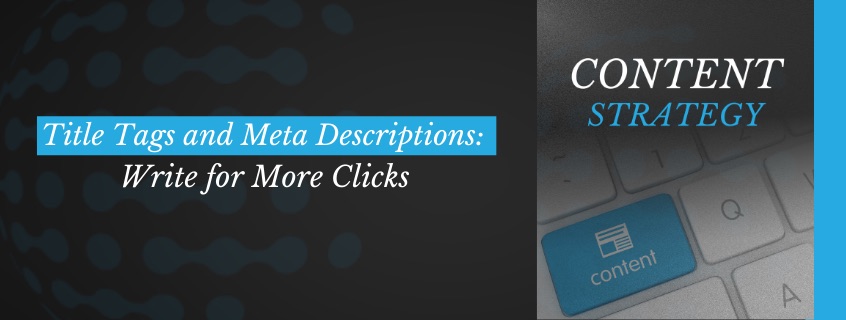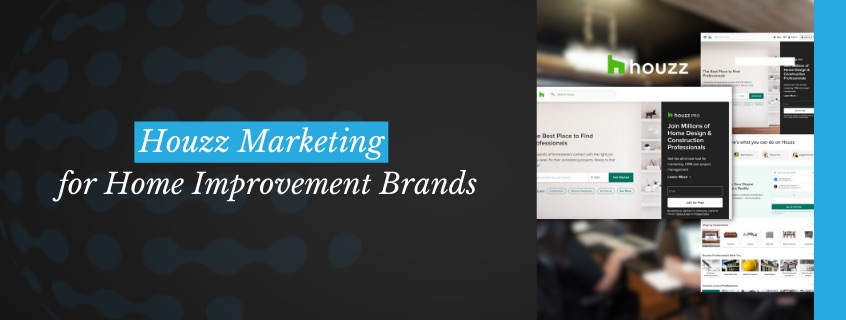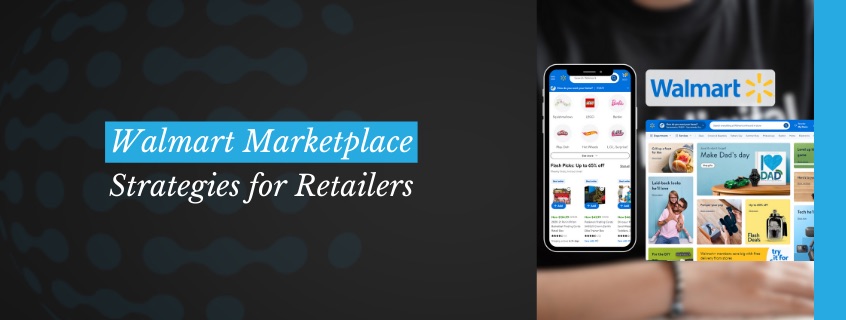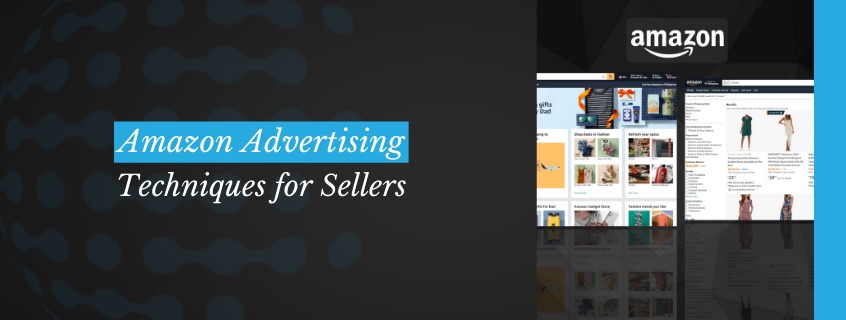In the world of digital marketing, first impressions matter. When users search for information online, the first thing they see is your title tag and meta description. These elements determine whether a potential visitor clicks on your website or scrolls past it. Understanding how to craft compelling title tags and meta descriptions can significantly impact your click-through rate (CTR) and improve your site’s SEO performance.
What Are Title Tags and Meta Descriptions?
Title Tags
A title tag is an HTML element that specifies the title of a web page. It appears on search engine results pages (SERPs) as the clickable headline for a given result. Effective title tags should:
- Be concise and relevant (50-60 characters)
- Include primary keywords naturally
- Convey a clear and compelling message
- Reflect the content of the page accurately
Meta Descriptions
A meta description is a brief summary of a web page’s content, displayed beneath the title tag in search results. While it doesn’t directly affect rankings, it significantly influences CTR. Strong meta descriptions should:
- Stay within 150-160 characters
- Use persuasive language to attract clicks
- Include a call-to-action (CTA)
- Incorporate target keywords naturally
Why Title Tags and Meta Descriptions Matter
Optimized title tags and meta descriptions improve both search visibility and user engagement. Here’s why they are essential:
- Higher Click-Through Rates (CTR) – Well-crafted tags encourage more users to click your link.
- Improved Search Rankings – While meta descriptions don’t directly impact SEO, strong CTR signals can improve rankings.
- Enhanced User Experience – Clear, relevant titles and descriptions help users find what they need faster.
- Brand Recognition – Consistent messaging across search results strengthens brand identity.
How to Write Click-Worthy Title Tags
1. Keep It Short and Precise
Google truncates titles longer than 60 characters. Ensure your title tag is concise while still delivering the necessary information.
2. Use Primary Keywords Early
Search engines and users scan from left to right. Place your primary keyword at the beginning of the title for maximum impact.
3. Add a Unique Value Proposition
Stand out by including benefits, emotions, or urgency in your title, such as:
- “Boost Your Traffic: SEO Strategies That Work”
- “Ultimate Guide to Google Ads – Increase Your ROI Today”
4. Include Your Brand Name
If space allows, add your brand at the end for recognition. Example: “Effective Social Media Marketing | World Digital”
Best Practices for Writing Compelling Meta Descriptions
1. Be Clear and Engaging
A meta description should summarize your page’s content while enticing users to click through.
2. Incorporate Target Keywords Naturally
Search engines bold keywords in meta descriptions that match the search query, making your result more noticeable.
3. Use Action-Oriented Language
Encourage action with CTAs such as:
- “Learn More”
- “Get Started Today”
- “Discover the Best SEO Strategies”
4. Keep It Within the Recommended Length
Meta descriptions should be between 150-160 characters to avoid truncation.
5. Address User Intent
Think about what users are searching for and tailor your description to their needs.
Title Tags vs. Meta Descriptions: A Comparison
| Feature | Title Tag | Meta Description |
|---|---|---|
| Character Limit | 50-60 characters | 150-160 characters |
| Purpose | Headline in search results | Summary of page content |
| SEO Impact | Direct ranking factor | Indirect (affects CTR) |
| Best Practice | Include primary keywords, be compelling | Use action-driven language, highlight key benefits |
Step-by-Step Guide to Optimizing Title Tags and Meta Descriptions
- Research Keywords – Identify relevant, high-traffic keywords.
- Write Engaging Titles – Keep them short, keyword-rich, and enticing.
- Craft Persuasive Meta Descriptions – Address user intent and encourage clicks.
- Test and Analyze Performance – Use Google Search Console to monitor CTR.
- Refine Based on Data – Adjust titles and descriptions to improve performance.
The World Digital Approach to SEO Success
At World Digital, we take a data-driven approach to crafting high-performing title tags and meta descriptions. Our process includes:
- Initial Consultation – Understanding your business and target audience.
- Keyword Research & Competitor Analysis – Identifying opportunities for growth.
- Custom Strategy Development – Writing optimized titles and descriptions tailored to your brand.
- Implementation & Testing – Deploying strategies and analyzing results.
- Ongoing Refinement – Adjusting based on real-time data to maximize performance.
Frequently Asked Questions (FAQ)
1. How often should I update my title tags and meta descriptions?
It’s good practice to review and optimize them every 3-6 months based on performance data.
2. Do meta descriptions impact Google rankings?
No, but they influence CTR, which can indirectly boost rankings over time.
3. Should every page have a unique title tag and meta description?
Yes! Duplicate tags can confuse search engines and lower your rankings.
4. Can emojis be used in title tags and meta descriptions?
While Google may display emojis, use them sparingly and only if they align with your brand.
5. What tools can help optimize title tags and meta descriptions?
Tools like Google Search Console, Yoast SEO, and Ahrefs can assist in optimization.
By leveraging effective title tags and meta descriptions, you can drive more traffic, improve search rankings, and enhance user engagement. Need expert assistance? World Digital is here to help! Contact us today to optimize your digital marketing strategy.





